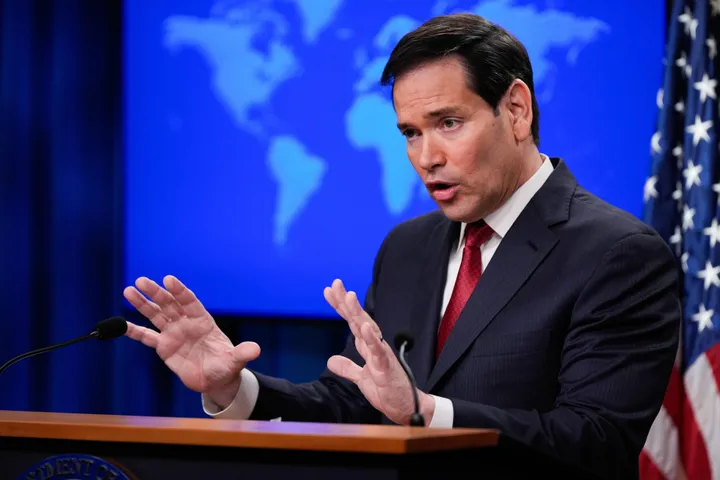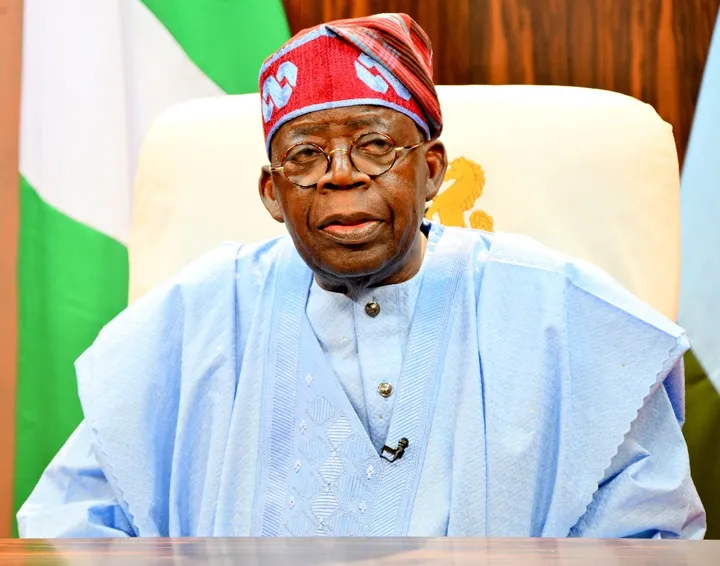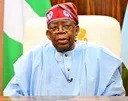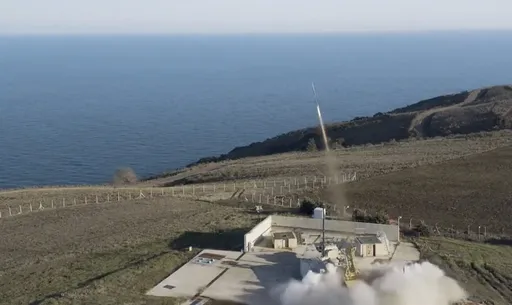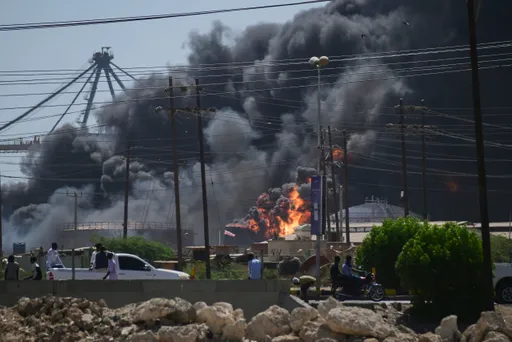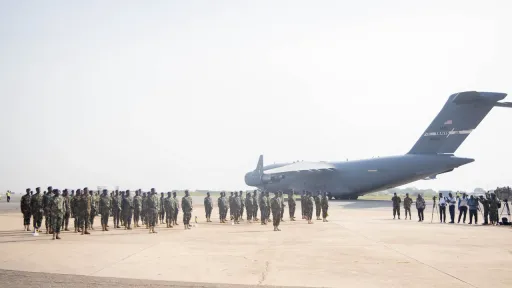Nearly four months after Donald Trump hailed a June 27 agreement between Rwanda and the Democratic Republic of Congo (DRC) as a “wonderful treaty” and a “glorious triumph,” the promised peace has proven to be a fiction.
On the ground, the M23 rebels, which several UN reports have linked to cross-border support, still occupies eastern Congo, civilians are still being killed, and the flow of minerals continues almost unchanged despite the rhetoric.
This is not simply a failure of the agreement, but a reflection of how diplomacy can sometimes mask continued exploitation.
On 14 October 2025, the DRC government and M23 rebel group signed a deal to establish a cease-fire monitoring body in Doha — a step forward, but one that still leaves the question of troop withdrawal unresolved.
Meanwhile, Trump must have thought of himself as another white savior when he claimed he ended a 35-year war, which he once called Africa’s “deepest and darkest place.”
However, he was not just misinformed but was perpetuating a convenient myth. Congo’s turmoil is not a tribal conflict of “savages” killing each other. It is a crisis engineered and perpetuated by foreign powers, including the United States for decades.
From the CIA’s hand in the 1961 assassination of Patrice Lumumba to Washington’s long support for Mobutu Sese Seko’s decades-long rule, external intervention has shaped Congo's tragedies.
For most of its existence as an independent nation, Congo has been a theater for proxy conflicts and resource plunder. The current crisis is not a new war, but the latest chapter in this long-standing struggle.
The shadow of Leopold and America’s silence for profit
The blueprint for this exploitation was set over a century ago. Under King Leopold II of Belgium, an estimated 10 million Congolese perished as ivory and rubber were extracted through a system of mutilation, rape, and mass killings. Severed hands became a grotesque currency of punishment.
Initially, American missionaries and activists were among the loudest voices condemning these atrocities. Figures like Mark Twain and E.D. Morel galvanized the Congo Reform movement.
But when American financiers were offered a piece of the action, moral outrage quickly turned into complicit silence. By 1906, J.P. Morgan, Thomas Fortune Ryan, and the Guggenheims had secured the American Congo Company and later founded Forminière, a mining monopoly.

Thus, even as isolated voices in the US condemned the crimes, American capital quietly ensured that the atrocities continued so long as minerals and profits flowed.
Foreign exploitation, then and now
Today, history repeats itself. What once operated through colonial charters now functions through a vast shadow economy—a network of informal and illegal trade in minerals, arms, and people.
In eastern Congo, this system blurs the line between survival and crime. It is not an absence of the state, but a parallel system where profit dictates power and violence becomes a form of governance.
Washington ignored Congo’s suffering for decades while millions died in wars and displacements. But now, as cobalt and lithium become the lifeblood of the global green transition, powering our electric vehicles and smartphones, the U.S. suddenly wants to “broker peace.” Once again, Congo’s resources feed global markets while its people remain impoverished.

The regional dynamics behind the DRC’s war economy
The nine-point agreement between Rwanda and the DRC largely sidesteps the core of the conflict. It makes no explicit demand for the withdrawal of foreign troops from Congolese territory or for the cessation of external support to rebel groups such as M23.
By adopting the term “relaxing defensive measures,” the deal appears to align with Kigali’s preferred framing of the situation.
While Rwanda maintains that its actions stem from security concerns, various regional and UN reports have noted that the conflict in eastern Congo also carries significant economic dimensions, particularly linked to the control of mineral-rich territories.
The persistence of this crisis reflects a deeply entrenched war economy, where each mine seized or checkpoint controlled generates revenue that sustains continued instability. As long as such conditions remain profitable, peace risks becoming little more than a political slogan.
This is where Qatar’s growing involvement becomes relevant. Assigned to mediate a separate deal with M23, Doha's efforts have been consistently undermined by the rebel group's refusal to engage seriously; while M23 has occasionally sat at the table, it has repeatedly and predictably walked away from talks. Meanwhile, on the ground, the group continues to kill civilians with impunity.
At the same time, Qatar has pledged around $22 billion in investments in the DRC — a move that highlights its increasing economic interest in Africa’s resource sector, particularly in a country estimated to hold $24 trillion worth of minerals.
While officially framed as part of its peacebuilding and development agenda, such dual engagement — both diplomatic and economic — inevitably adds layers of complexity to its role. It reflects how even new actors entering Congo’s peace process must navigate the fine line between mediation and strategic interest.
Why "peacebuilding" is really profit-building
Cobalt, lithium, and copper are critical for the global energy transition. Over 70 percent of the world’s cobalt lies in Congo, largely in conflict-ravaged areas. China dominates the sector, while Russia expands its footprint through private military companies. America, seeking to outcompete China, frames its presence as “peacebuilding.”
But ironically, the U.S. could meet its mineral needs domestically. A recent study published in Science, one of the world’s leading scientific journals, found that all the cobalt, lithium, and rare earth elements the U.S. requires annually are already being mined as byproducts in domestic operations.
The barrier is not availability, but profitability. It is cheaper for Western corporations to exploit Congo’s chaos—where labor is cheap, regulations weak, and human life expendable—than to invest in sustainable, ethical extraction at home.
The so-called peace remains largely superficial. America gains cheap access to critical minerals, avoids the environmental costs of mining at home, and positions itself against China’s dominance.
However, the real victims are the Congolese people, still bleeding for a war that serves everyone but them. This has never been a simple war between neighbours but a proxy conflict, fueled by global powers, that keeps Congo unstable precisely because stability would make foreign exploitation more difficult.
And yet, amid the silence of the international community, Congolese activists and citizens continue to resist. They raise their voices and demand justice. But the world watches on its smartphones and laptops—powered by Congolese minerals—while choosing to hear nothing.
Disclaimer: The views expressed by the author do not necessarily reflect the opinions, viewpoints and editorial policies of TRT Afrika.

